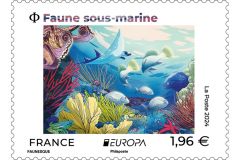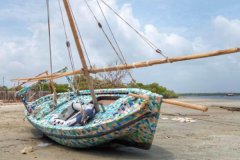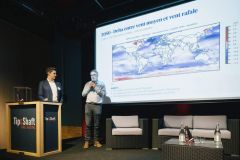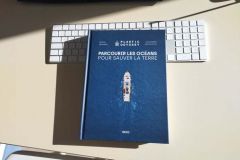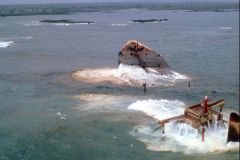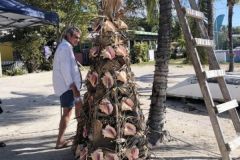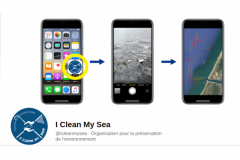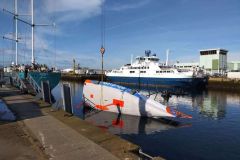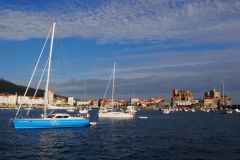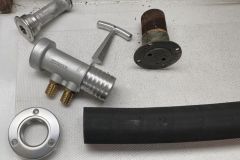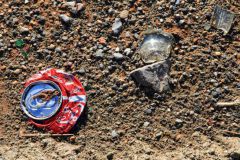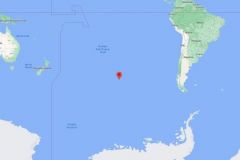A promising crowfunding campaign
After a crowfunding campaign in December 2016 that raised 150,000 euros (twice the amount initially planned), the association was able to work on the design of the Manta. Six design offices spent nearly 3,000 hours studying the feasibility of the project and bringing it to reality.
A work which allows today to discover the 1/80 scale model e of the final version of the boat. The Manta will be a quadrimaran marine waste collector with numerous on-board technologies, 70 m long, 49 m wide and 61 m high (the Arc de Triomphe is 50 m high).
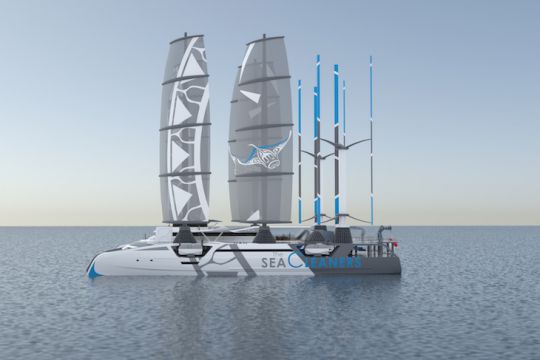
A revolutionary boat
The Manta will recover floating plastic macro-waste before it degrades and irreversibly pollutes the oceans. This factory ship will use state-of-the-art tools and will have everything necessary to "work" on site: collecting, sorting, compacting and storing plastic waste.
Three collectors will be installed between the ship's hulls in the form of conveyor belts to quickly bring up large quantities of plastics. The ship will be able to store 250 tonnes of waste in its hulls before taking it ashore, where it will be taken care of by suitable recycling centres.
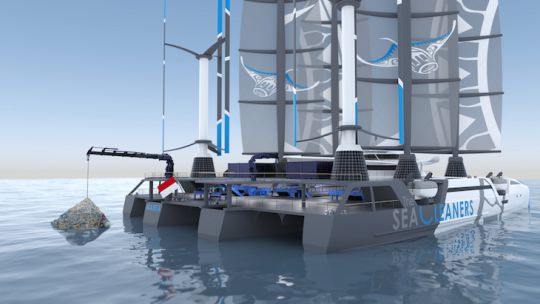
By its design, the Manta is also a technological challenge since it must produce a minimal carbon footprint. It will therefore be powered by several renewable energy sources. It will be propelled by four DynaRig rigs and four electric motors, and will incorporate several combined renewable energy production technologies associated with an optimized energy storage system.
The boat's deck will be covered with 2,000 m2 of solar panels and two vertical wind turbines will use the force of the wind to generate electricity. It will thus be able to move and collect autonomously, but will also be able to travel to all areas of high pollution density (estuaries, coastal areas...).
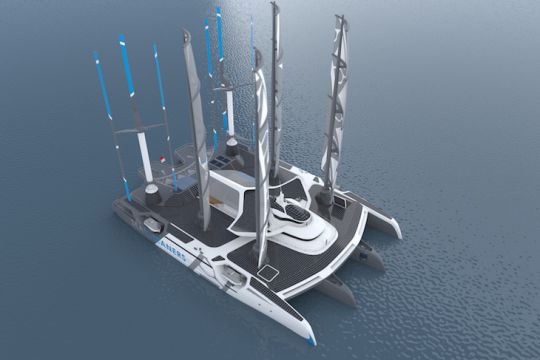
Awareness-raising actions on land
To reduce pollution at sea, it is also important to reduce it on land. Thus, the Manta is part of a global project to raise awareness of plastic consumption and waste. In the same vein, this project is intended to become a lever for the circular economy.
The collected plastics will form the basis of a dynamic local and circular economy. MANTA will make it possible to initiate or develop initiatives to transform waste into raw materials and to boost the economy of the countries where the collections will be made.
The association also pursues a scientific goal of observation and analysis. Each collection will be geolocalized, quantified and qualified thanks to the setting up of a real laboratory on board the ship. All the data will then be published in Open Data in order to allow access to the entire international community.
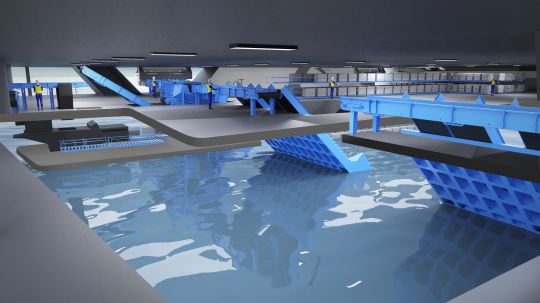
Some key figures related to ocean pollution
9 million tonnes of plastic waste in the seas per year
1 million birds killed per year
100,000 marine mammals killed each year
+ more than 1,400 marine species already impacted
70% of floating waste ends up sinking after one year
450 years for a plastic bottle to degrade (underwater this time is infinite)
Not forgetting the economic (degradation of coastal tourist activity, destruction of fishing resources...) and human impacts (sterility, hormonal disturbances, growth disorders...).


